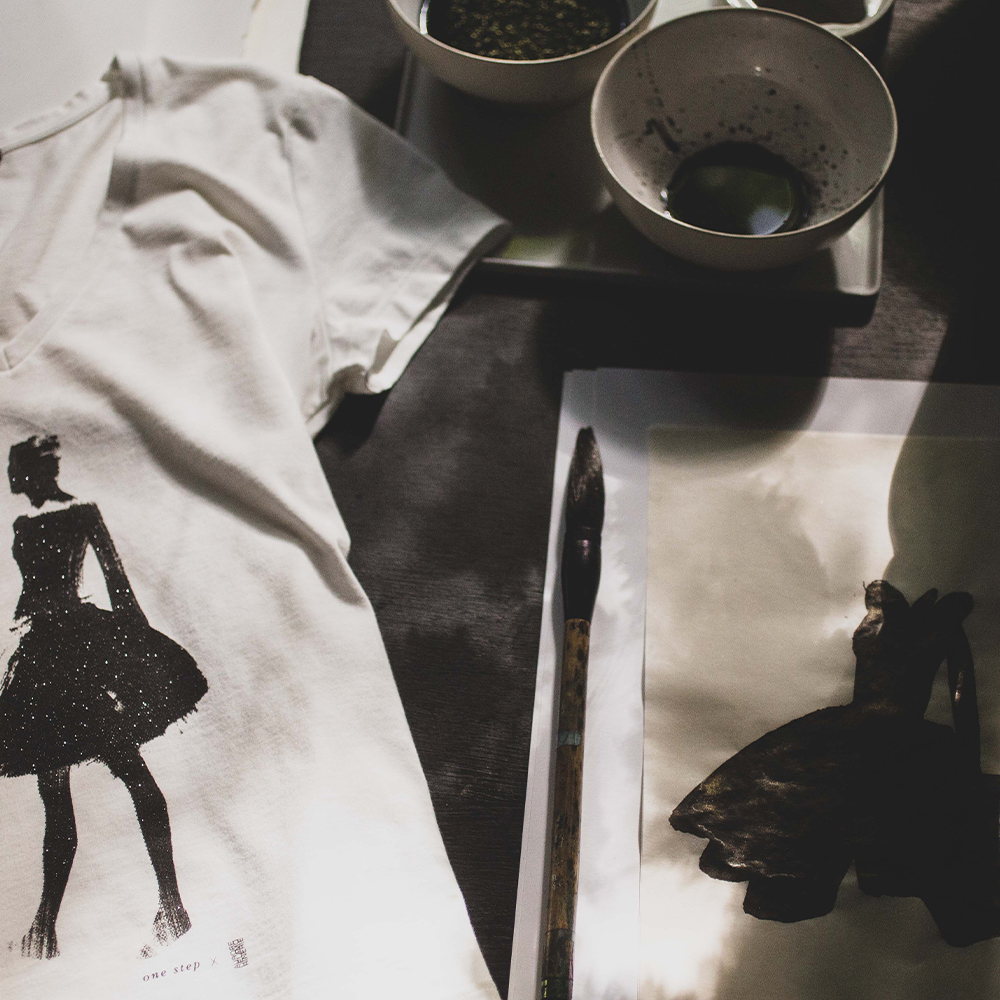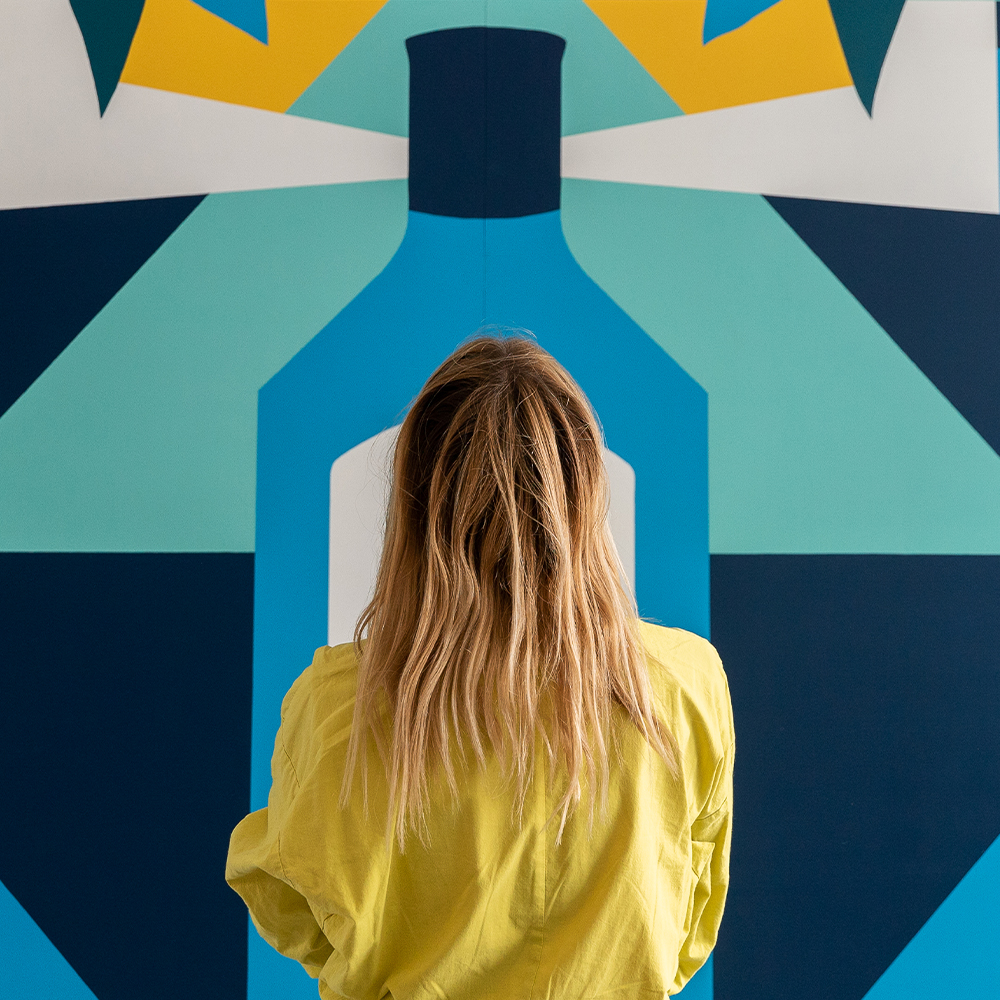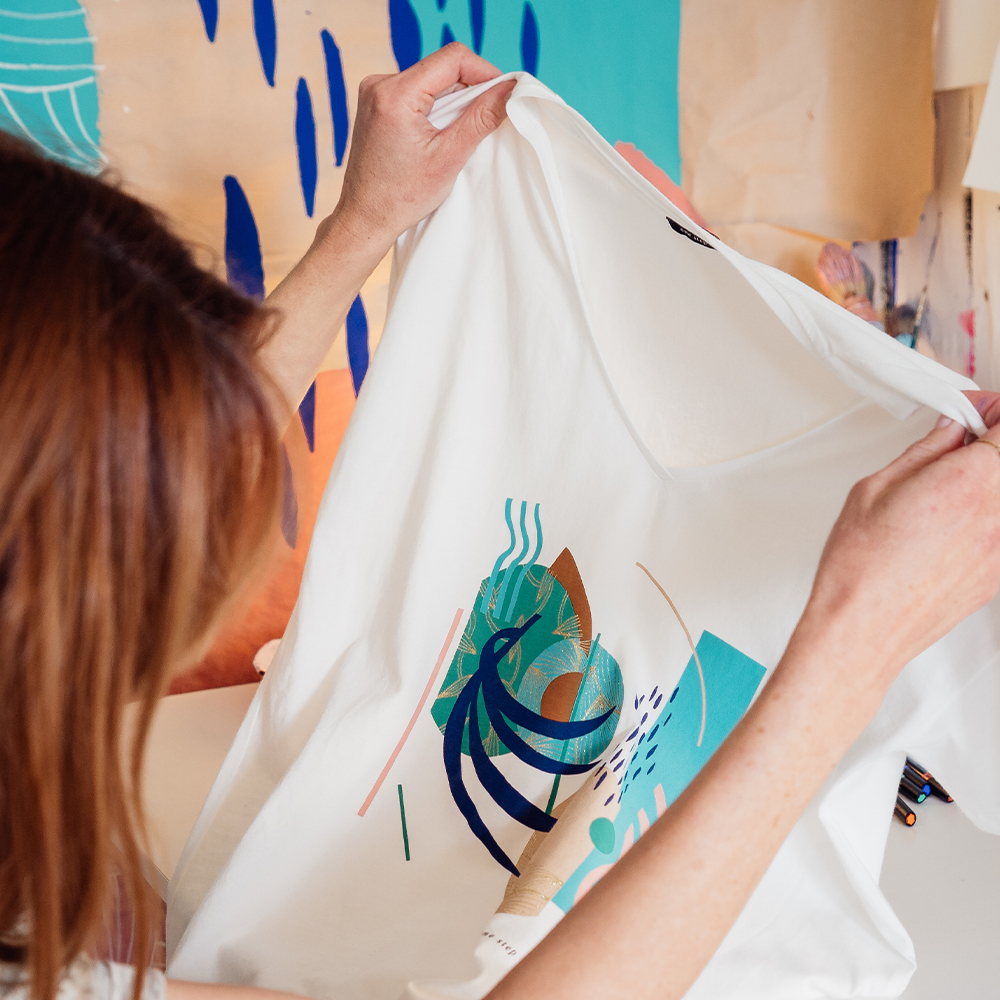Adidas and Beyoncé, Ikea and Virgil Abloh, Monoprix and Inès de la Fressange… The famous “collab”, “x” or even “feat” have become essential in the jargon of brands until they have become an almost mandatory step in their development . Evolution of the brand image, widening of the target clientele, structuring but also the discovery of young talents: the repercussions of collaborations in the life of a product are multiple and rich in potential.
Adidas and Beyoncé, Ikea and Virgil Abloh, Monoprix and Inès de la Fressange… The famous “collab”, “x” or even “feat” have become essential in the jargon of brands until they have become an almost mandatory step in their development . Evolution of the brand image, widening of the target clientele, structuring but also the discovery of young talents: the repercussions of collaborations in the life of a product are multiple and rich in potential.

Origin of the collabs
Where does this “collab” trend come from and what benefits does it create for a brand?
Since its birth in the 2000s, the trend for brands to create collaborations has grown exponentially to become the must-see in the life of a product. Also called a capsule collection, the “collab” brings together big names in fashion, spirits and electronics to create bridges with popular artists, young designers and other brands. The goal ? Stand out from your competition.
In 2004, H&M launched its very first collaboration by creating a capsule collection with Karl Lagerfeld. With now 15 years of collaborations to its credit with a dizzying panel of designers (Balmain, Lanvin, Moschino…), the ready-to-wear giant has made capsule collections its new DNA. An immediate effect in the perception of its brand image which enabled it to broaden its target clientele by developing these ranges deemed to be more qualitative, and above all more expensive.
And there it all begins: with this capsule practice, luxury becomes accessible to the general public. It didn’t take much to make it a selling point. H&M is quickly followed by Uniqlo or Ikea, where the queues for the store opening are always full on collection opening days. The practice of capsule collections and limited editions thus makes it possible to make the biggest names in fashion and art accessible to the general public: a marketing action that no longer has to demonstrate its sales force.
The history of collaboration is also closely linked to that of digital technology and the ubiquity of social networks in communication. Faced with this constant demand for content creation and “buzz”, art and the figure of the artist are privileged vectors for creating original and renewable content. Live painting, performances, clips, the series of clips of Samsung washing machines repainted by the artist BOICUT with the slogan “Wash & Create” is a good example of the diversity of possible collaborations with new media.
Several types of collabs, several marketing objectives
A brand can therefore choose to partner with different types of entities each time with a well-defined strategy.
THE COLLAB WITH ANOTHER BRAND
Two brands may decide to collaborate to benefit from the visibility exchange; a brand will make its community available to another brand and vice versa. This kind of collaboration is usually illustrated by a limited edition product that is defined in time.
COLLAB WITH A PERSONALITY OR INFLUENCER
A brand partners with a celebrity to benefit its audience. This model is in a way the ancestor of influencers: a person is paid to represent the brand through an advertisement. With the emergence of social networks, a brand can more easily target an account that has a community perfectly suited to its target and thus benefit from it.
THE ARTISTIC COLLAB
This is the epitome of collabs. Asking an artist to give the brand the benefit of his gaze is the assurance of an original campaign with careful storytelling for an action that marks people’s minds and lasts over time. These collaborations can take the form of a limited edition, a mural, an event, a sensory experience or a communication campaign with significant results each time.
Collab Factory is this research head alert on artistic trends to serve your strategic thinking. We fuel the creativity of a brand through unique collaborations and upstream curative work.
If the artistic collection allows the general public to access products associated with luxury, collaborations have another impact on the commercial sphere: the phenomenon of artification.
In fact, alongside the world of luxury, it is also the artistic sphere that brands are inviting in their strategy to develop their products and their image, both in advertising (Apple advertising clips produced and danced by FKA Twigs) than in events or limited editions. All are doomed to become a work of art, to such an extent that the neologism “art’keting” has appeared in the vocabulary of marketing professionals.
By digging deeper into this strategy, some luxury brands are even seeking to reclassify their production as a “work of art”. We then praise this phenomenon of “artification”, as defined by Nathalie Heinich and Roberta Schapiro in the book Artification: an investigation of the transition to art.
But the phenomenon of artification, while it took its first roots in the luxury sphere, is now widely spreading and tending to become more democratic. As the middle class continues to grow in our societies, the consumption of culture is also on the rise and brands are increasingly partnering with artists to meet these aspirations.
Collaboration is also an ideal vessel to allow a brand to assert a commitment to values without falling into political mobilization. Collab Factory works with a panel of artists committed to different causes in order to give a legitimate voice to the brands that solicit them.




